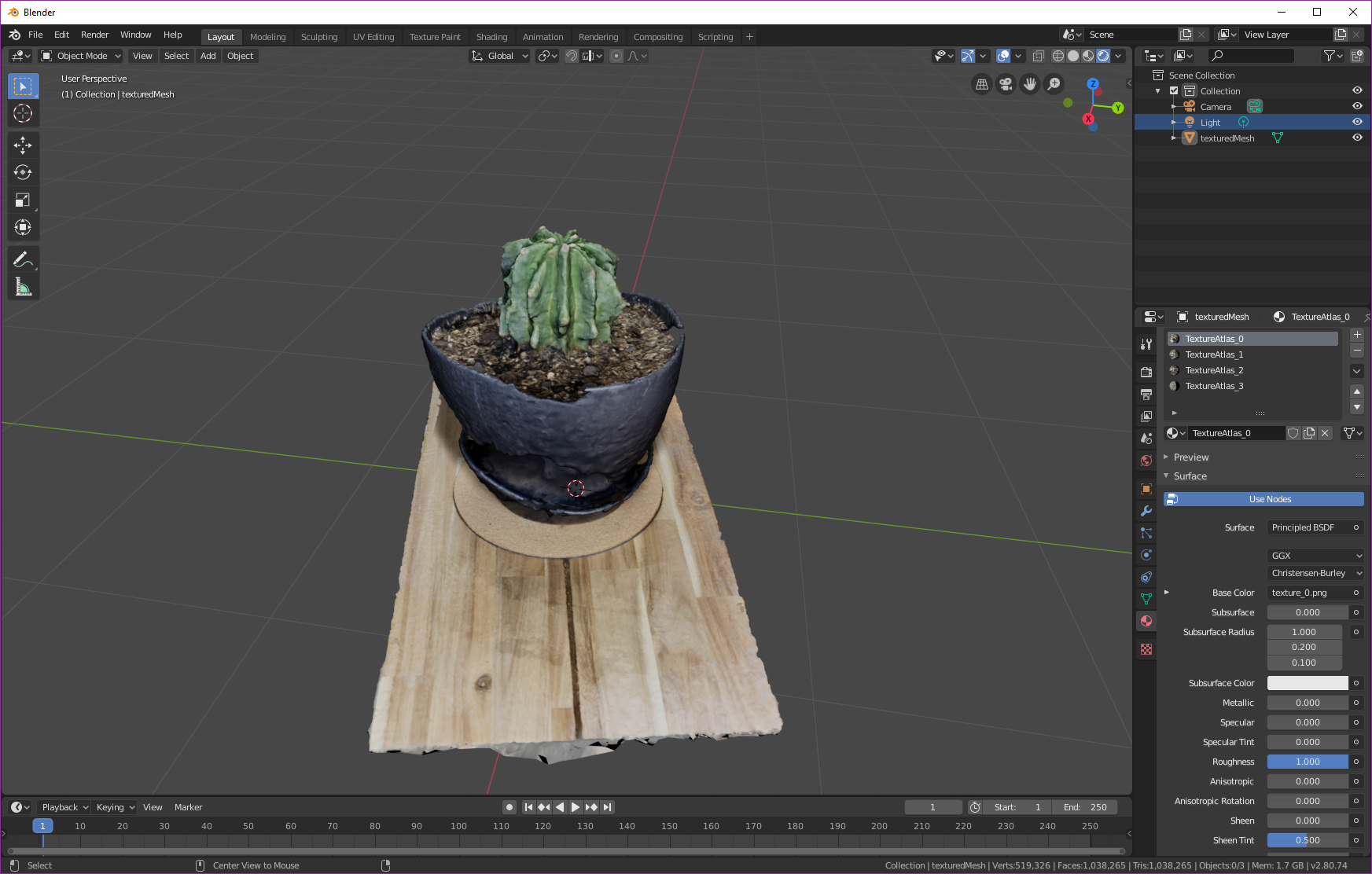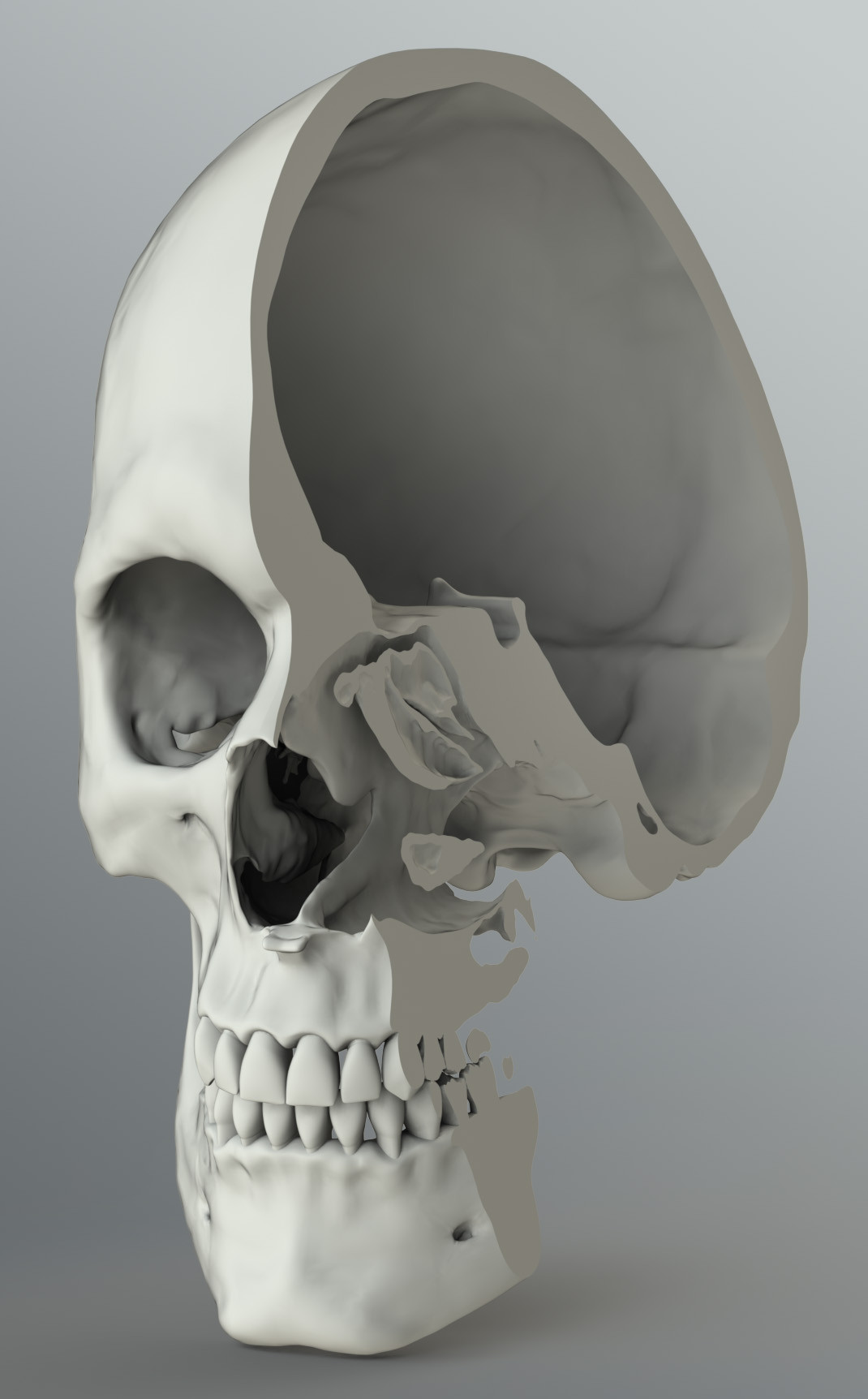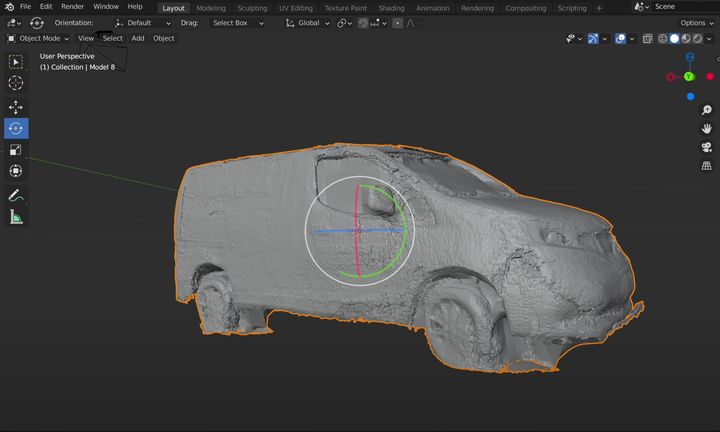
Using starting primitives and editing their form is what is commonly known as “Box” Modelling (a reference to the default cube on a fresh Blender scene). Mesh Modeling is the most common form of modelling, and deals with, you guessed it - meshes. Mesh modeling by CG Cookie Mesh Modeling in Blender While Blender encompasses several modes that serve other purposes, the ‘edit mode’ mainly serves the purpose of modeling.Įdit mode is used to build models out of various objects available in Blender, including Meshes, Curves, Surfaces, Metaballs, and Text objects.
#BLENDER 3D SCAN SOFTWARE#
Each mode in the software serves a specific purpose that eventually helps in creating interesting 3D assets. The two primary modes used to create 3D models are Edit and Sculpt Modes.ĭon’t get baffled by the infinite number of modes in the Blender tutorials. Several different modes help in the creation of a 3D asset.

In simplest terms, 3D modeling is defined as the mathematical representation of any surface of an object in three dimensions via specialized software. Throughout the article, we will be discussing modeling only. One significant feature added in the recent version is geometry nodes, which allow for parametric modelling and animation similar to what one might find in Houdini.Ī 3D scene usually comprises three key components Models, Materials, and Lights. The “freestyle” feature, for instance, allows the users to make 3D objects appear 2D.Īt the time of this writing, Blender is at version 2.93, with the next pivotal release geared to arrive before we know it! Its powerful tools make it easy to carry out animation experiments with maximum convenience and flexibility.

Blender is also a preferred choice amongst architecture and design students to create anything from interior visualizations to game assets because of the speed and specificity of it’s modelling tools and operators.īlender is a unique 3d software that allows users to embed 2D objects onto 3D environments and scenes. The software is lauded for its accessible format, intuitive set of tools for texturing and lighting, access to reliable blender render farms, and it’s an easy-to-access community that helps new users to get to know Blender and have a good command over its features and functions. Several 3d enthusiasts widely use Blender for animation purposes. Blender is a popular choice amongst budding 3D artists But before jumping into that, let’s briefly discuss the growing significance of Blender in today’s contemporary world. This blog post will provide an overview of Blender Modeling to help 3D rendering enthusiasts find their bearings. Points are stored in such a way that the surface reconstruction is extremely fast and can be done in real time.Modeling in Blender for budding 3D ArtistsĪre you a newcomer to 3d modeling and not sure where to begin? (futur version will skip this step all together and go directly to Blender from Arduino)ģD_scanner.blend and blender_python_script.py: Blender file and a blender python script which receives the sensor data, parses through the points coordinates and creates a NURB interpolating surface that represent the scanned surface.

Values from the sensors are converted into 3d coordinates and are passed to Blender. Also sends the sensor data to the python script 3D_scanner.ipynb.ģD_scanner.ipynb: interfaces between the scanner and Blender, a 3D simulation software used to render the scan. _3D_scanner.ino: C++ arduino driver, takes care of data gathering from the sensors, and rotates the servos to complete the scan. Here is a short description of the different files: This reduces the error made in reconstrcuting the 3d position of the points, and makes the scanner more robust: if the scanner is moved midway through the scan, the IMU will track that additional rotation, and the scan will take that into account.

Reading servo motors positionl, and IMU (mpu 6050) is used to determine the quaternion that defines the lidar orientation. Blender python script to receive and process data from an arduino/lidar/mpu6050 based 3D_scanner.


 0 kommentar(er)
0 kommentar(er)
